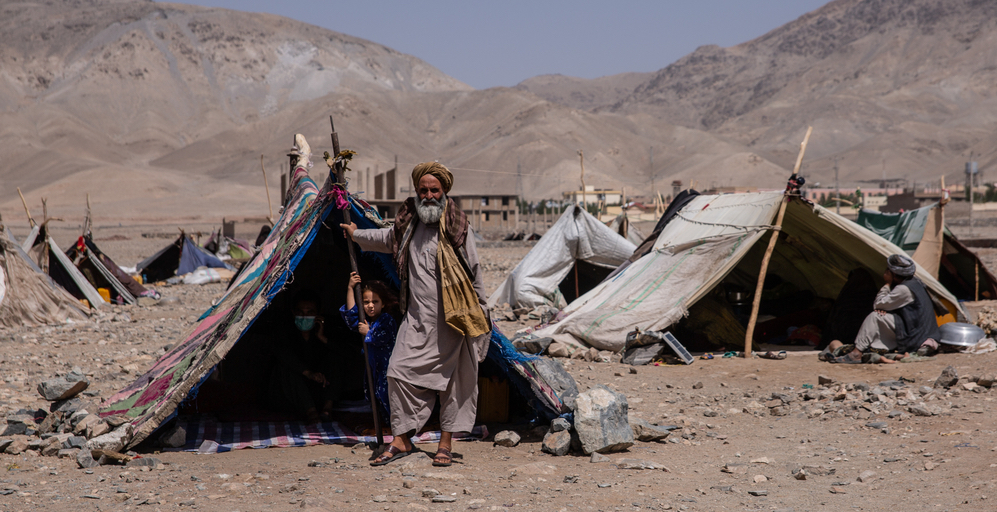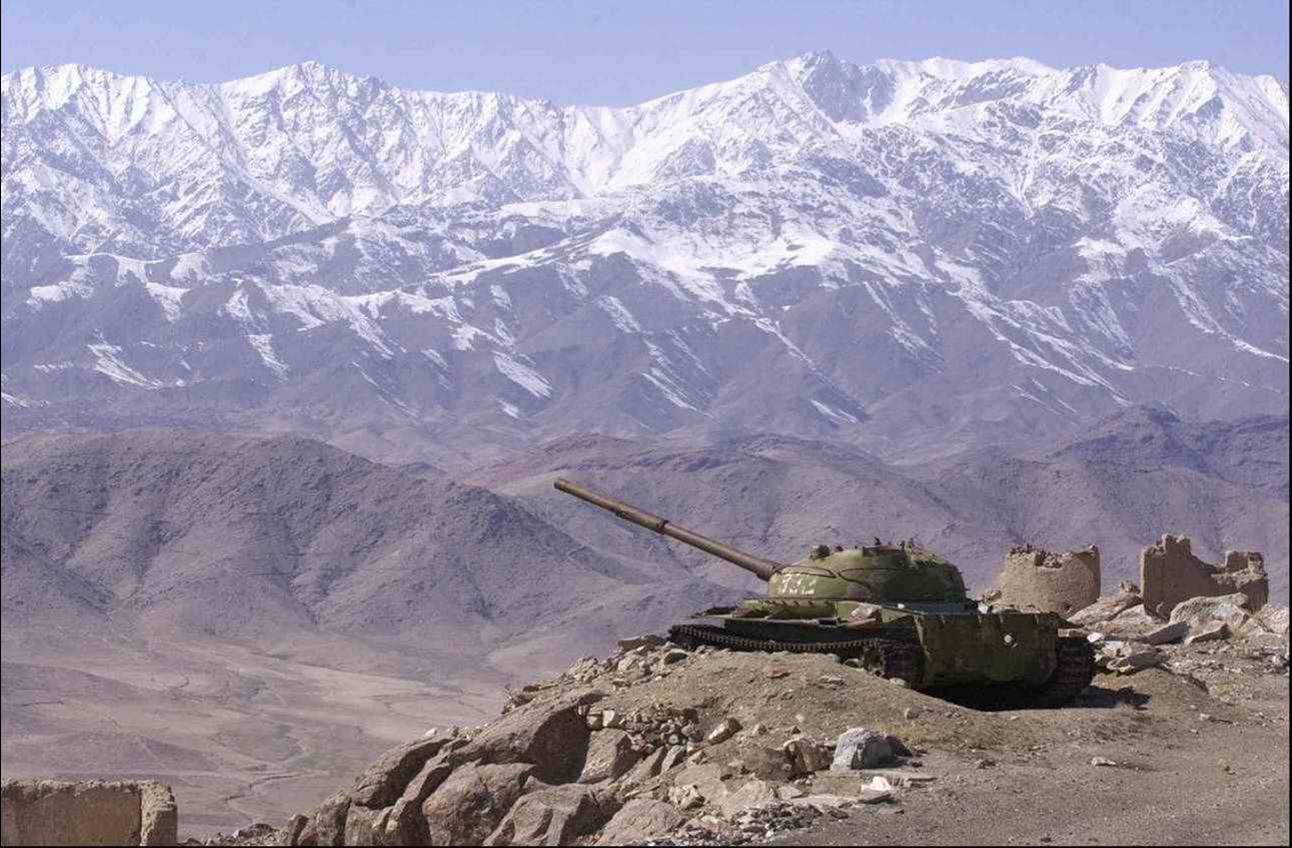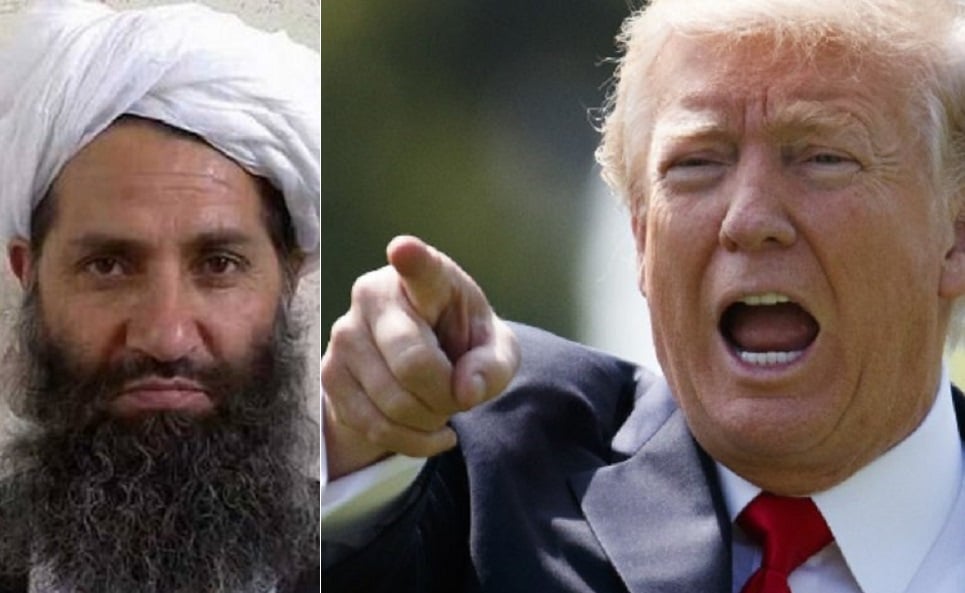Gitmo ‘forever prisoner’ petitions United Nations
Guantánamo Bay detainee Abu Zubaydah, who has been held for 19 years without charges or a trial, filed a complaint with the UN Working Group on Arbitrary Detentions (UNWGAD) requesting intervention in his case. Zubaydah was captured in Pakistan after the September 11 attacks and was held and tortured by the CIA in various top-secret “black sites.” The CIA originally believed that Zubaydah was a close associate of al-Qaeda, but after four years of interrogation, they concluded that he was not linked to the group. He was then moved to Guantánamo in 2006. The US government has justified Zubaydah’s continued detention by asserting its broad authority under the Authorization for Use of Military Force (AUMF). Under the AUMF, passed after 9-11, detainees can be held until the “cessation of hostile activities,” But Zubaydah asserts in his complaint that this “law of war” rationale is in conflict with international human rights laws. (Photo: Wikimedia)





